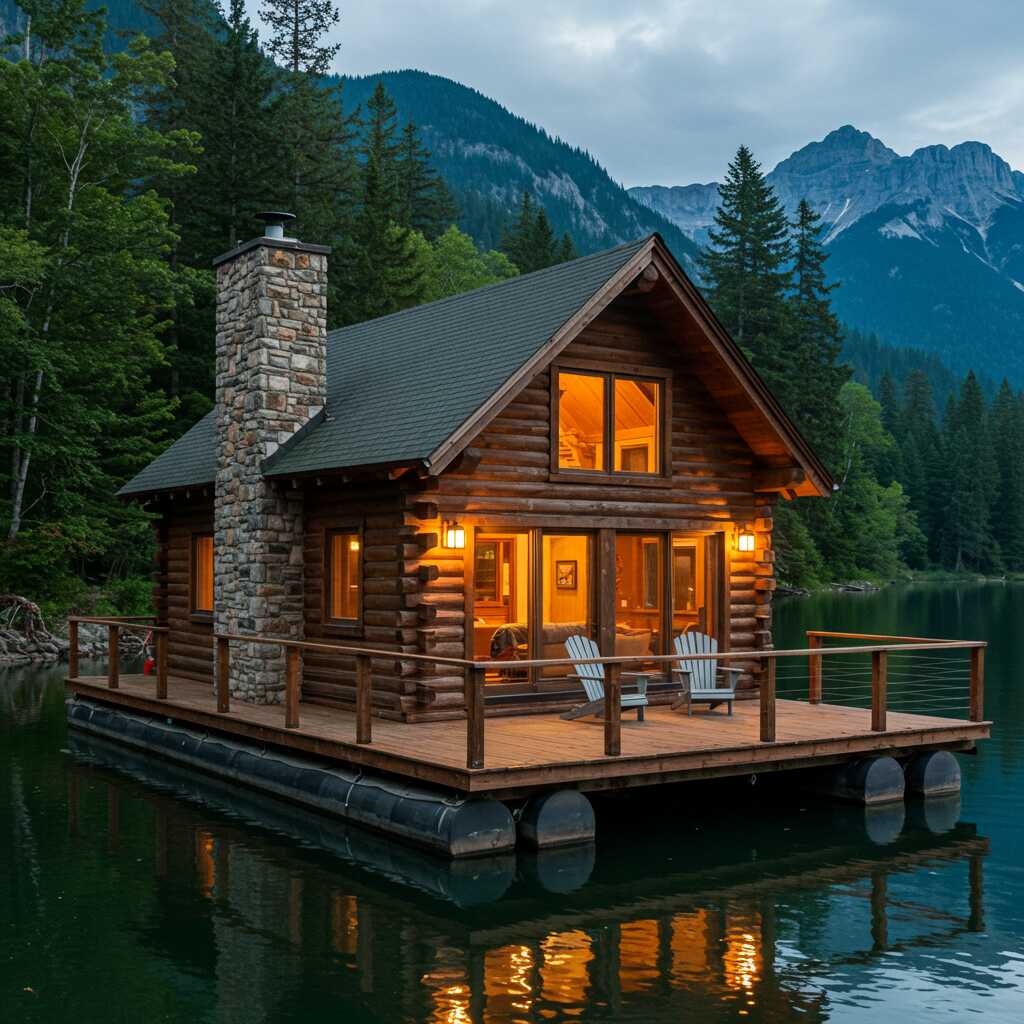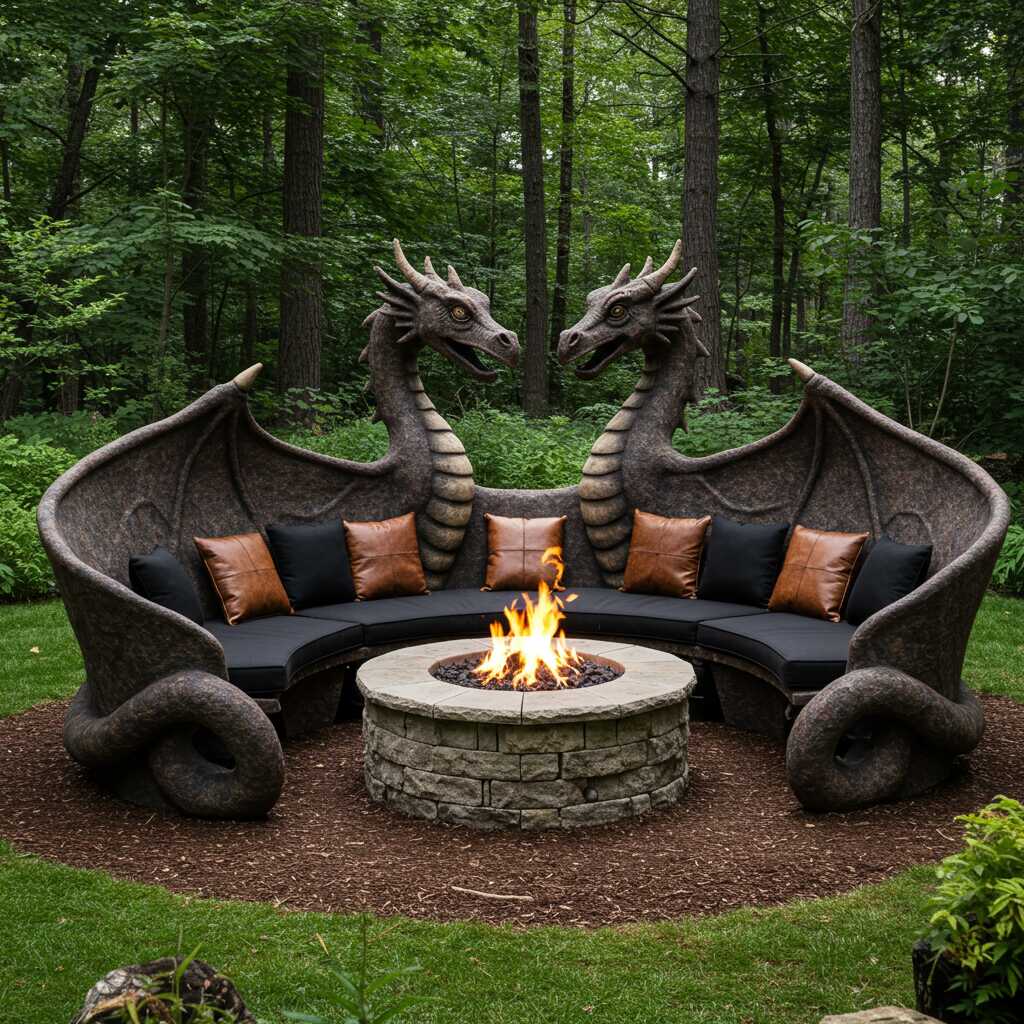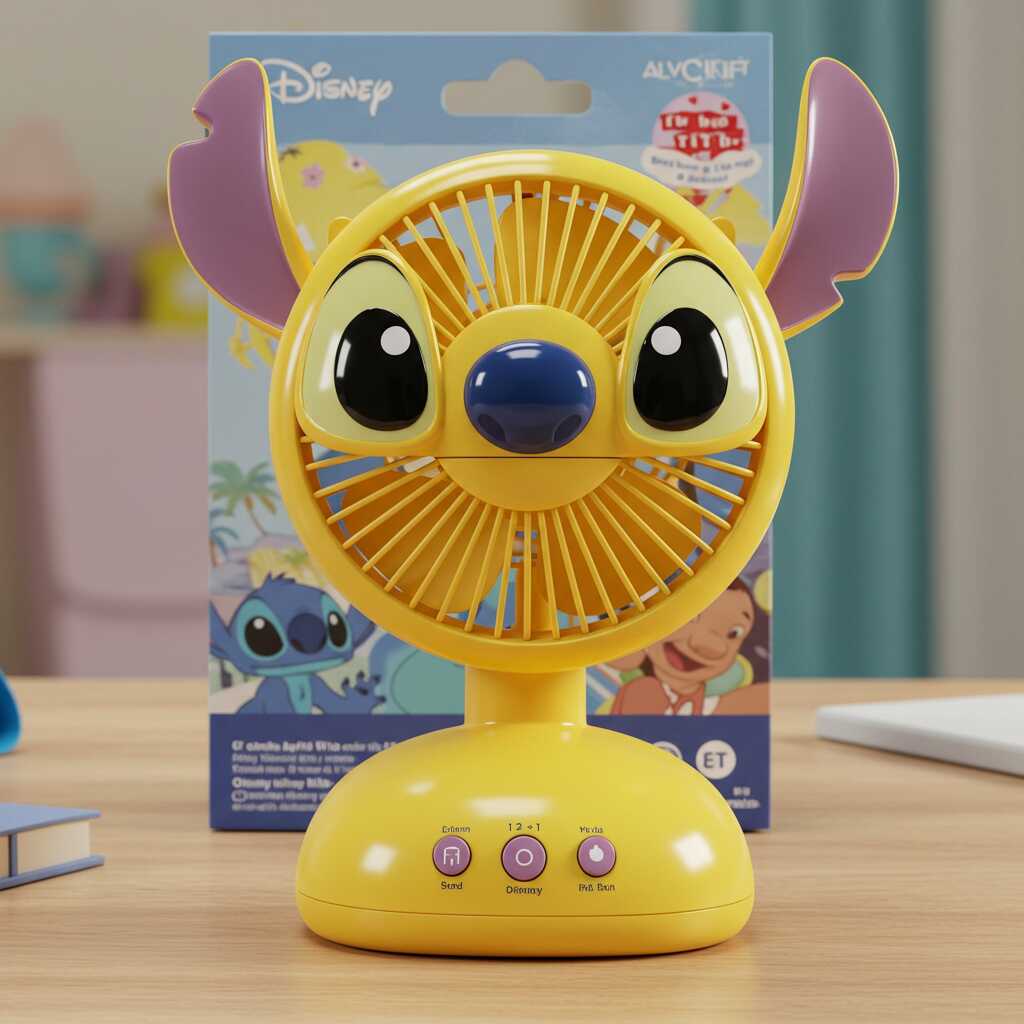In an era where modern living is increasingly defined by innovation and sustainability, floating cabins have emerged as a captivating response to the evolving demands of contemporary lifestyles. These unique dwellings, perched gracefully on water, offer not only a novel way of living but also a profound connection to nature that few other architectural forms can rival. The concept of floating cabin design ideas has gained significant traction in recent years, driven by a growing desire to merge minimalist aesthetics with eco-conscious living practices. As urban spaces become more crowded and land-based housing options grow increasingly expensive, these aquatic retreats present an attractive alternative that challenges traditional notions of home.
Floating cabins represent more than just an architectural trend; they embody a lifestyle choice that prioritizes harmony with the natural environment while embracing innovative design principles. Unlike conventional homes, these structures float serenely on lakes, rivers, or coastal waters, offering residents unparalleled access to aquatic landscapes while maintaining all the comforts of modern living. The appeal of floating cabin design ideas lies in their ability to combine practical functionality with aesthetic beauty, creating spaces that are both inviting and inspiring. Whether serving as permanent residences, vacation homes, or creative studios, these floating sanctuaries provide a unique solution to contemporary living challenges while fostering a deeper appreciation for our planet’s precious water resources.
The rising popularity of floating cabin design ideas reflects broader societal shifts toward sustainable living and environmental consciousness. These structures demonstrate how modern architecture can work in concert with nature rather than against it, utilizing water as both foundation and inspiration. From their innovative structural designs to their thoughtful integration with surrounding ecosystems, floating cabins showcase the endless possibilities of adaptive architecture in the twenty-first century. As we continue to explore new ways of living that balance human needs with environmental responsibility, floating cabin design ideas stand out as a particularly promising direction in the evolution of modern dwelling spaces.
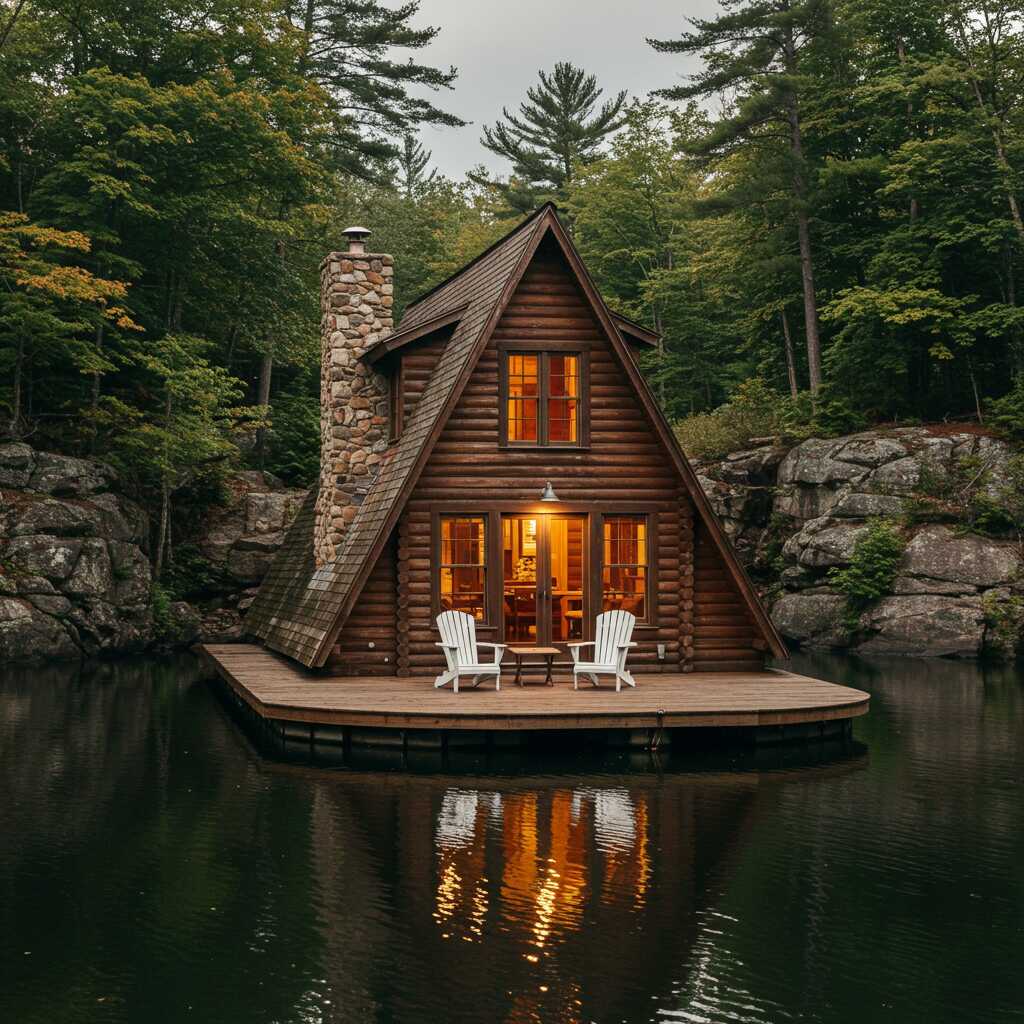
Architectural Foundations: Understanding Floating Cabin Construction
At the heart of every successful floating cabin design lies a sophisticated understanding of buoyancy and structural engineering principles. Unlike traditional land-based construction, floating cabins must be carefully engineered to maintain stability while accommodating the dynamic forces of water movement. The fundamental concept revolves around displacement theory – essentially ensuring that the structure displaces enough water to support its total weight without compromising safety or comfort. This is typically achieved through specially designed pontoon systems or concrete hulls, which serve as the primary flotation devices while providing essential structural integrity.
Modern floating cabin design ideas often incorporate advanced materials and construction techniques to optimize both performance and durability. Marine-grade aluminum, composite materials, and treated wood are commonly used in combination to create lightweight yet robust frameworks. These materials must withstand constant exposure to moisture while resisting corrosion and degradation over time. Additionally, designers implement specialized waterproofing measures throughout the entire structure, from reinforced foundations to carefully sealed joints and connections. The use of flexible membranes and advanced sealants ensures that cabins remain watertight while allowing for necessary expansion and contraction due to temperature variations.
Structural stability represents another critical consideration in floating cabin design ideas. Engineers employ various stabilization systems to minimize unwanted movement caused by wind, waves, and changing water levels. These may include adjustable mooring systems, shock-absorbing connections, and strategically placed ballast compartments. The distribution of weight within the cabin must be meticulously calculated to prevent listing or excessive rocking, with heavier components typically positioned lower in the structure to maintain optimal center of gravity. Furthermore, modern designs often incorporate modular construction techniques, allowing for easier maintenance and potential expansion while maintaining structural integrity.
The integration of these technical aspects into aesthetically pleasing designs requires careful planning and expertise. Successful floating cabin design ideas seamlessly blend these functional requirements with architectural creativity, resulting in structures that are not only structurally sound but also visually striking. From hydrodynamic shapes that reduce wave resistance to innovative anchoring systems that allow seasonal adjustments, each element contributes to creating a harmonious balance between form and function. This technical foundation enables architects and designers to push the boundaries of what’s possible in water-based living, making floating cabins increasingly viable options for modern dwellers seeking unique residential experiences.
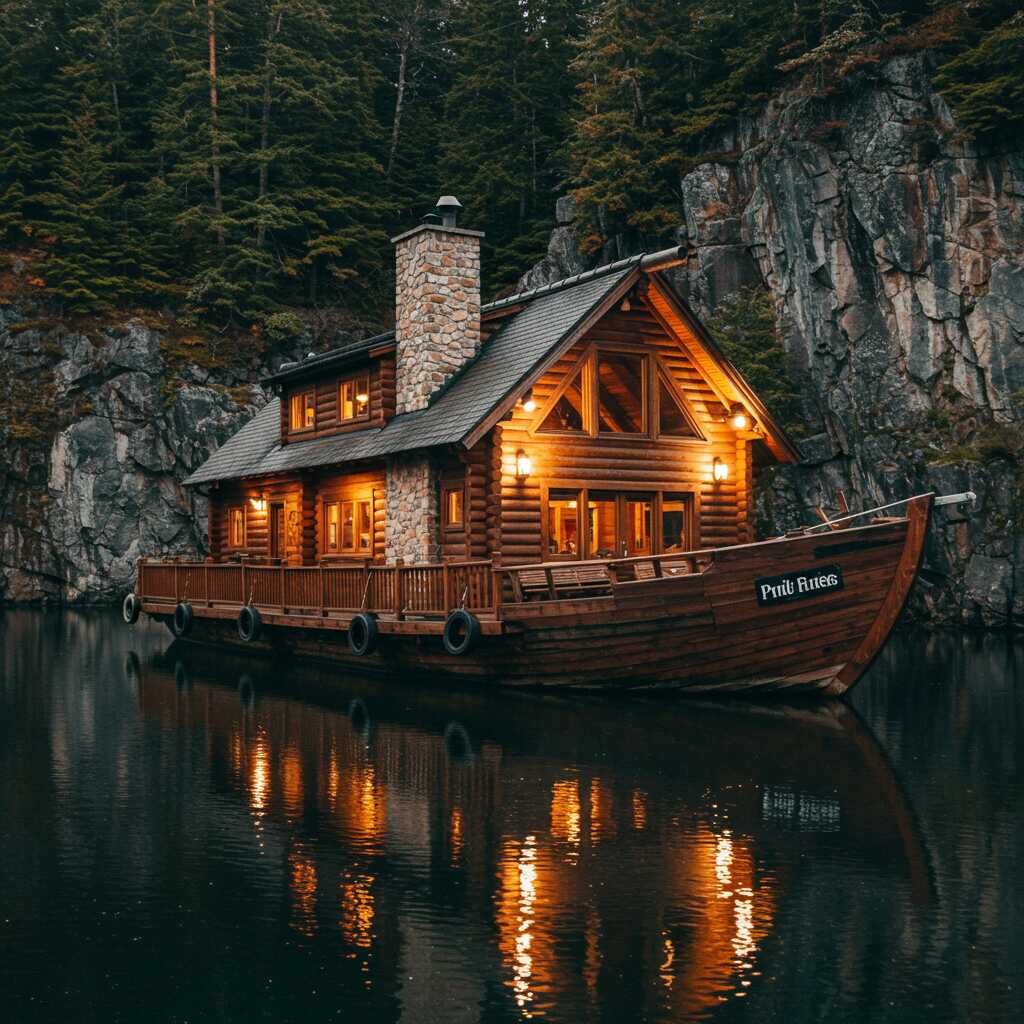
Nature’s Canvas: Integrating Floating Cabins with Aquatic Environments
The true essence of floating cabin design ideas emerges when these structures achieve seamless integration with their surrounding natural environments. The interplay between architecture and ecology becomes particularly crucial in aquatic settings, where the delicate balance of ecosystems must be preserved while creating habitable spaces. Thoughtful placement of floating cabins within water bodies takes into account prevailing wind patterns, sunlight exposure, and seasonal water level fluctuations. Designers often position these structures to maximize passive solar heating during winter months while ensuring adequate shade during summer, creating naturally regulated interior climates that reduce energy consumption.
The relationship between floating cabins and wildlife preservation represents another vital aspect of sustainable design. Innovative floating cabin design ideas frequently incorporate features that actively support local ecosystems rather than disrupt them. This might include integrated artificial reefs beneath the structures, which provide habitats for aquatic organisms, or carefully designed lighting systems that minimize light pollution and prevent disturbance to nocturnal species. Some designs even feature green roofs with native vegetation, creating miniature floating ecosystems that attract birds, insects, and other wildlife while providing excellent insulation properties.
Visual harmony between floating cabins and their surroundings manifests through careful material selection and color palettes that reflect natural elements. Many successful floating cabin design ideas utilize natural wood tones, stone accents, and muted earthy colors that blend effortlessly with water, sky, and landscape. Large expanses of glass are strategically employed to create unobstructed views while minimizing visual impact, effectively dissolving the boundary between interior and exterior spaces. These transparent elements not only enhance the sense of connection to nature but also facilitate natural ventilation and daylight penetration, reducing reliance on mechanical systems.
The integration extends beyond mere aesthetics to encompass functional relationships with the aquatic environment. For instance, some floating cabin design ideas incorporate rainwater collection systems that work in tandem with natural precipitation patterns, while others feature built-in water purification systems that help maintain water quality. The gentle rise and fall of these structures with changing tides and water levels mimic natural floating objects, avoiding sudden disturbances to aquatic life. Through these thoughtful design choices, floating cabins transform from mere architectural objects into integral components of their aquatic ecosystems, demonstrating how modern living can coexist peacefully with nature while celebrating its beauty.
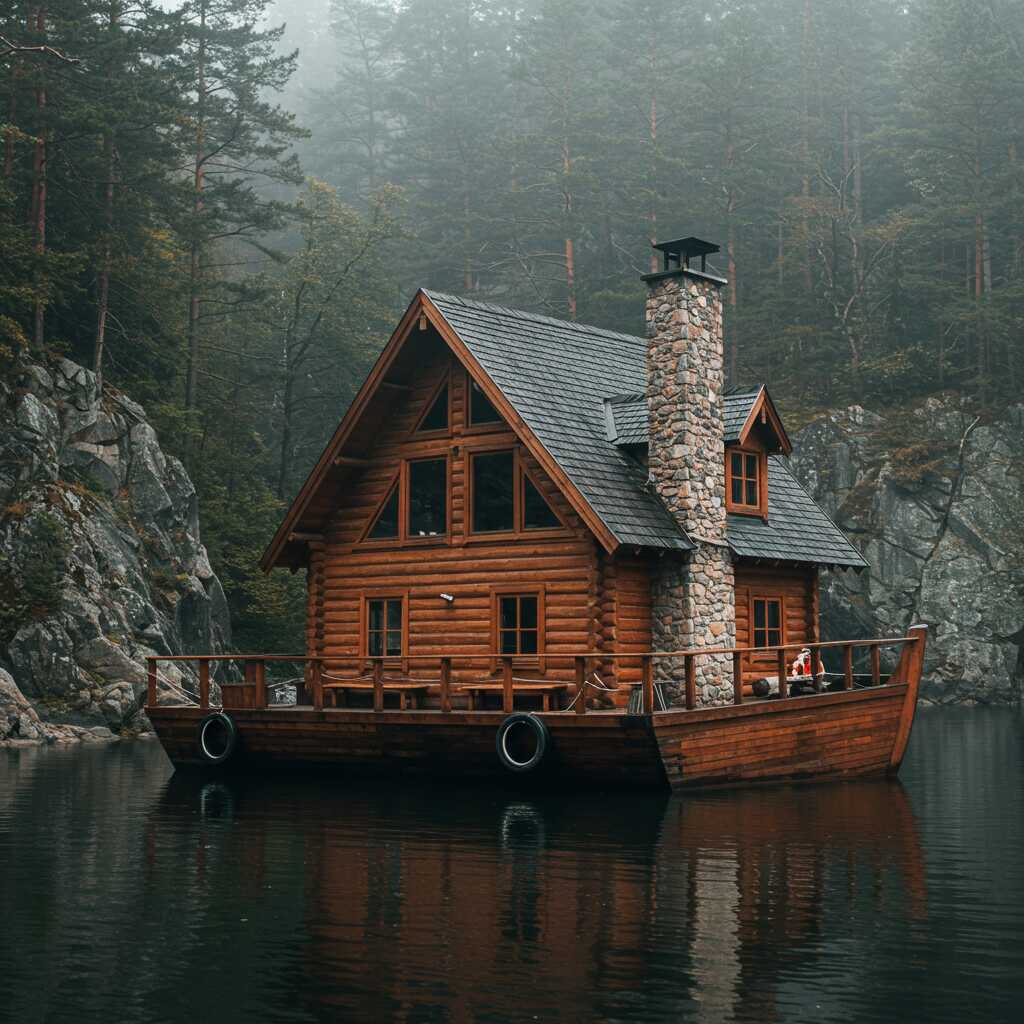
Interior Innovations: Crafting Functional Spaces on Water
The interior design of floating cabins represents a masterclass in spatial efficiency and multifunctional living. Floating cabin design ideas excel in transforming compact areas into versatile, comfortable living spaces through clever architectural solutions and innovative furniture concepts. One of the most notable approaches involves the implementation of modular design elements that serve multiple purposes simultaneously. For instance, walls may double as storage units, while seating areas can be easily converted into sleeping spaces through retractable mechanisms. These transformable elements are particularly crucial in floating cabins, where every square meter must be optimized without compromising comfort or functionality.
Natural light plays a pivotal role in enhancing the perceived spaciousness of floating cabin interiors. Designers incorporate expansive windows, skylights, and strategically placed reflective surfaces to maximize daylight penetration throughout the day. This approach not only creates visually appealing interiors but also reduces the need for artificial lighting while establishing a strong connection with the surrounding water environment. The careful orientation of these openings relative to the sun’s path ensures consistent illumination while preventing overheating during peak hours. Some floating cabin design ideas even integrate automated shading systems that adjust according to light intensity and angle, maintaining optimal interior conditions year-round.
Material selection for floating cabin interiors focuses heavily on lightweight, durable options that complement the marine environment. Engineered woods, recycled composites, and innovative textiles offer both aesthetic appeal and practical benefits in terms of weight reduction and moisture resistance. These materials are often left in their natural state or finished with environmentally friendly treatments that preserve their character while ensuring longevity. The color palette typically favors soft neutrals and natural tones, creating serene interior atmospheres that echo the tranquility of the surrounding water.
Storage solutions in floating cabin design ideas embrace vertical space and hidden compartments to maintain clean, uncluttered interiors. Built-in shelving units follow structural lines, while underfloor and ceiling cavities are utilized for additional storage. Furniture pieces are custom-designed to fit precise dimensions, eliminating wasted space while maintaining visual harmony. These storage innovations extend to specialized areas such as galley kitchens, where compact appliances and multi-functional fixtures ensure full functionality despite limited square footage. The result is an interior environment that feels surprisingly spacious and well-appointed, challenging conventional perceptions of small-space living while maintaining all the essential amenities of modern life.

Technological Integration: Smart Solutions for Water-Based Living
The advancement of technology has significantly enhanced the viability and comfort of floating cabin living through innovative smart home solutions specifically tailored for aquatic environments. Modern floating cabin design ideas increasingly incorporate sophisticated climate control systems that adapt to the unique thermal dynamics of water-based structures. These systems utilize sensors that monitor both internal and external conditions, automatically adjusting heating, cooling, and ventilation to maintain optimal comfort levels while accounting for factors such as water temperature and humidity. The integration of renewable energy sources, particularly solar panels designed for marine environments, has revolutionized energy management in floating cabins, enabling efficient power generation while maintaining aesthetic continuity with the natural surroundings.
Water management represents another critical area where technology has transformed floating cabin living. Advanced filtration systems now allow for efficient collection, treatment, and reuse of both rainwater and greywater, creating closed-loop systems that minimize environmental impact. Smart plumbing networks monitor water usage patterns and detect potential leaks early, preventing costly damage while conserving precious resources. Some floating cabin design ideas incorporate real-time water quality sensors that provide continuous monitoring of both potable water supplies and the surrounding aquatic environment, ensuring both resident safety and ecosystem health.
Digital connectivity and automation systems have been adapted to address the specific challenges of water-based living. Waterproof electronics and marine-grade wiring ensure reliable operation despite constant exposure to moisture. Remote monitoring systems allow residents to control various cabin functions through secure mobile applications, from adjusting lighting and temperature to managing security systems. These technological integrations are carefully designed to maintain the peaceful atmosphere associated with floating living while providing modern conveniences. The implementation of smart glass technology in windows and partitions further enhances energy efficiency, allowing for automatic tint adjustment based on sunlight intensity and privacy needs throughout the day.
These technological advancements in floating cabin design ideas demonstrate how innovation can enhance rather than detract from the natural living experience. By addressing the unique challenges of aquatic environments through thoughtful technological integration, these solutions enable residents to enjoy the benefits of modern living without compromising the serene connection to nature that makes floating cabins so appealing. The seamless incorporation of technology into the fabric of floating cabin design ensures that these structures remain at the forefront of sustainable, comfortable living solutions well into the future.
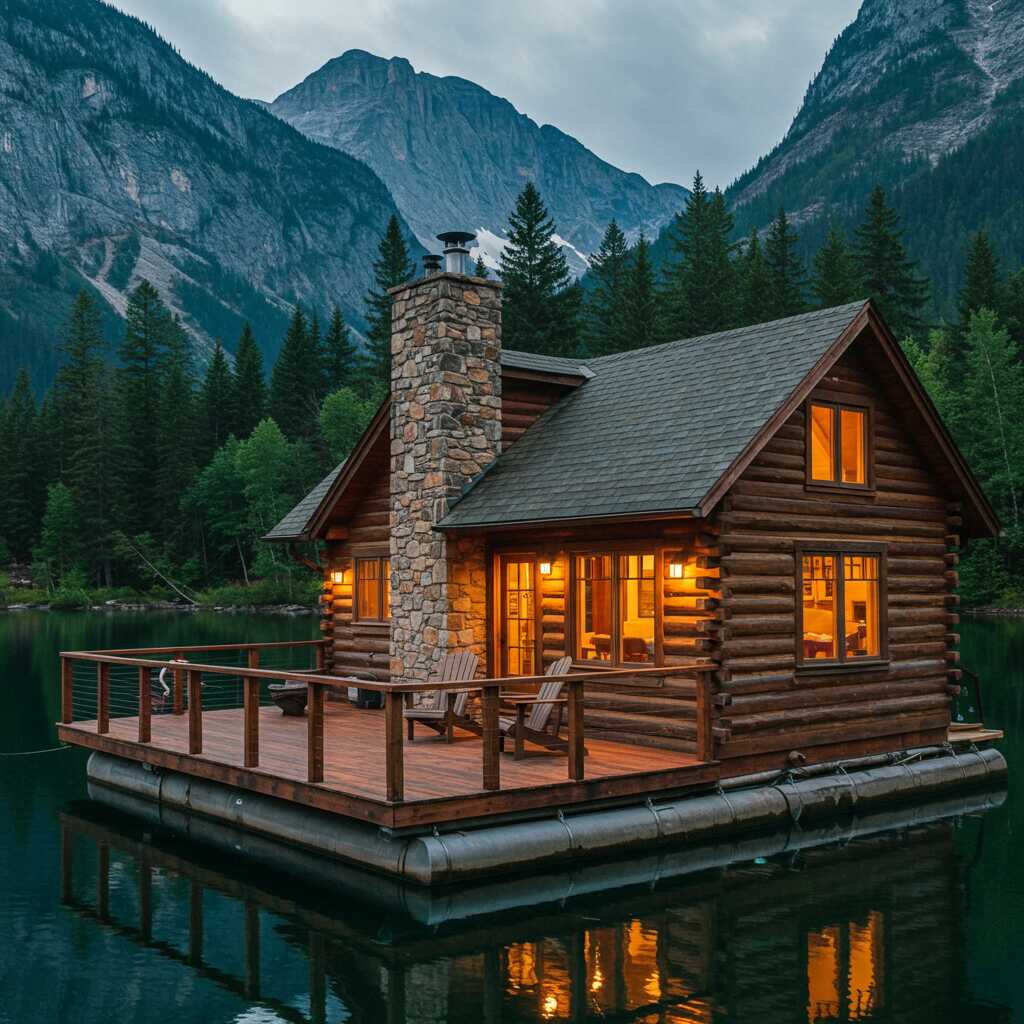
Conclusion: The Evolving Future of Floating Cabin Living
As we reflect on the diverse aspects of floating cabin design ideas, it becomes evident that these innovative dwellings represent far more than a passing architectural trend. They embody a profound shift in how we conceptualize living spaces, merging cutting-edge design with environmental stewardship in unprecedented ways. The marriage of technical precision, ecological sensitivity, and aesthetic refinement found in modern floating cabin design ideas points toward a future where architecture increasingly adapts to our planet’s natural rhythms rather than imposing itself upon them. From their carefully engineered foundations to their thoughtfully crafted interiors, these floating sanctuaries demonstrate how human habitation can harmonize with aquatic ecosystems while maintaining modern standards of comfort and functionality.
Looking ahead, the potential for floating cabin design ideas appears boundless. Emerging technologies promise to enhance their sustainability while expanding their capabilities, potentially leading to entirely self-sufficient floating communities that generate their own energy and manage their own resources. Advancements in materials science and construction techniques will likely enable larger, more complex structures while maintaining minimal environmental impact. Moreover, as global awareness of climate change and resource conservation continues to grow, floating cabin design ideas may serve as valuable models for adaptable, resilient architecture that can thrive in diverse environmental conditions worldwide.
The enduring appeal of floating cabin design ideas lies in their ability to fulfill humanity’s innate desire for connection with nature while meeting contemporary living needs. These structures offer a compelling vision of how we might reimagine our relationship with water bodies, transforming them from barriers into opportunities for innovative living. As designers and architects continue to push the boundaries of what’s possible, floating cabins will undoubtedly play an increasingly important role in shaping the future of sustainable living, proving that thoughtful design can create spaces that are as kind to our planet as they are inspiring to their inhabitants.
